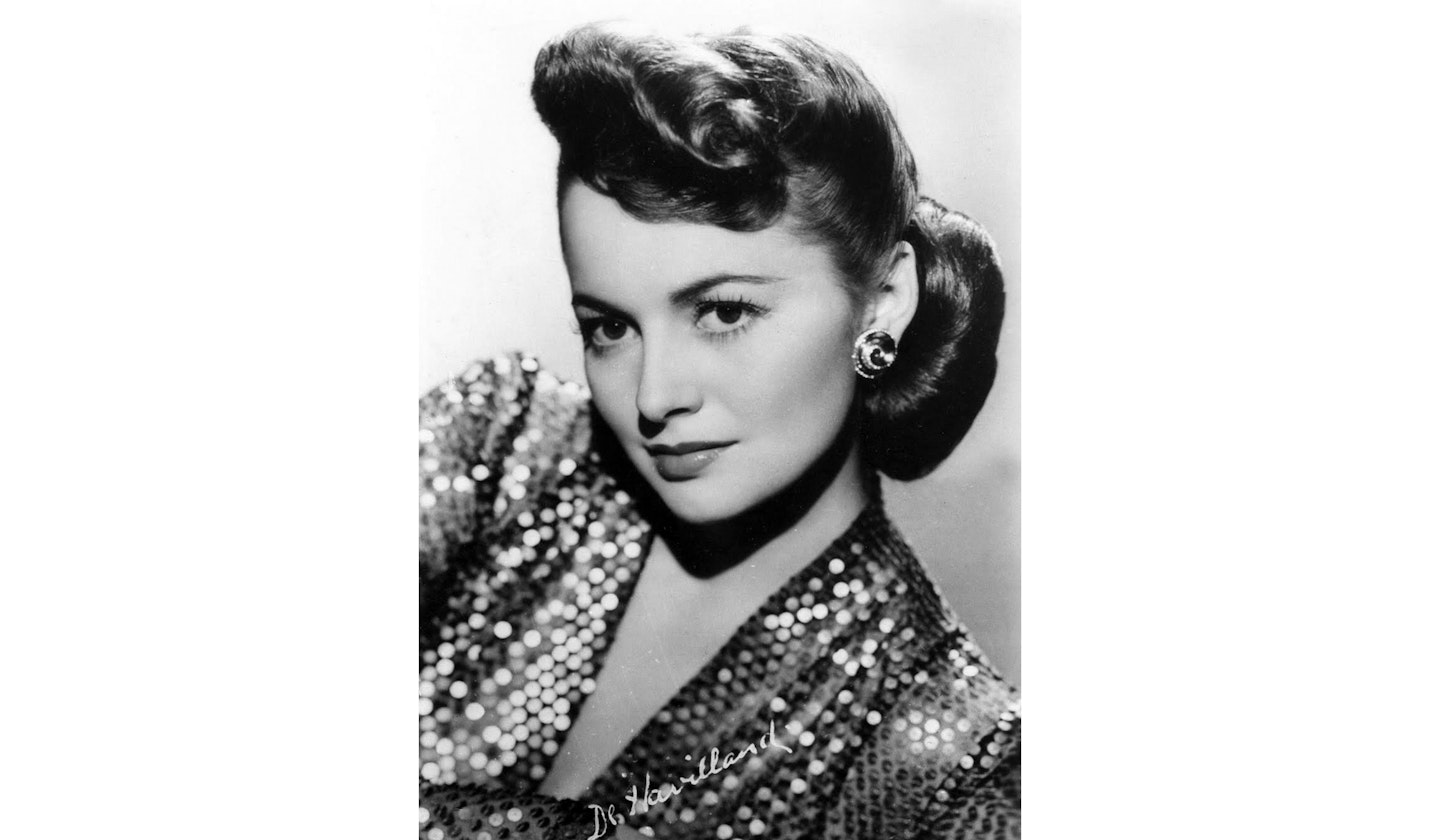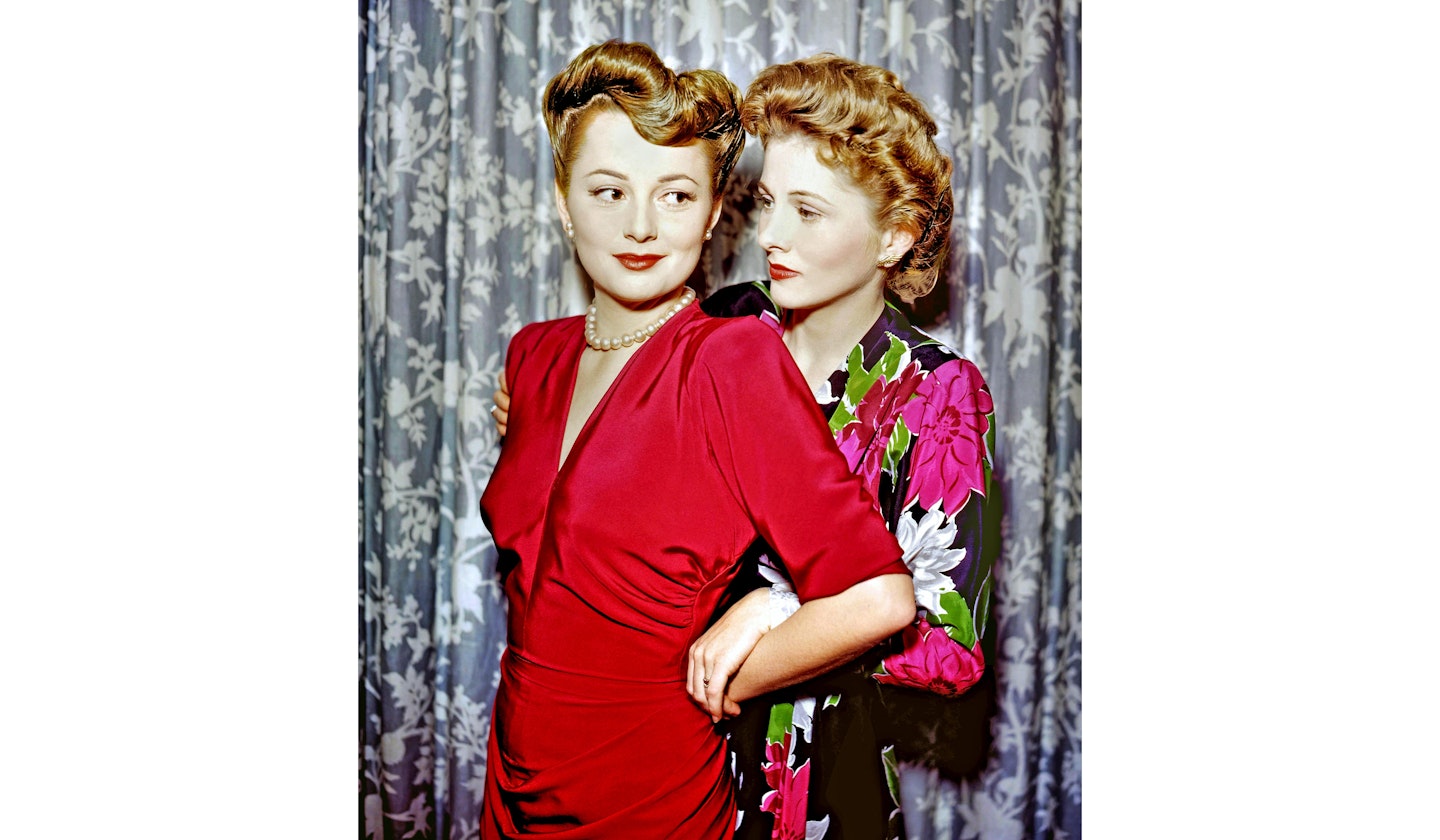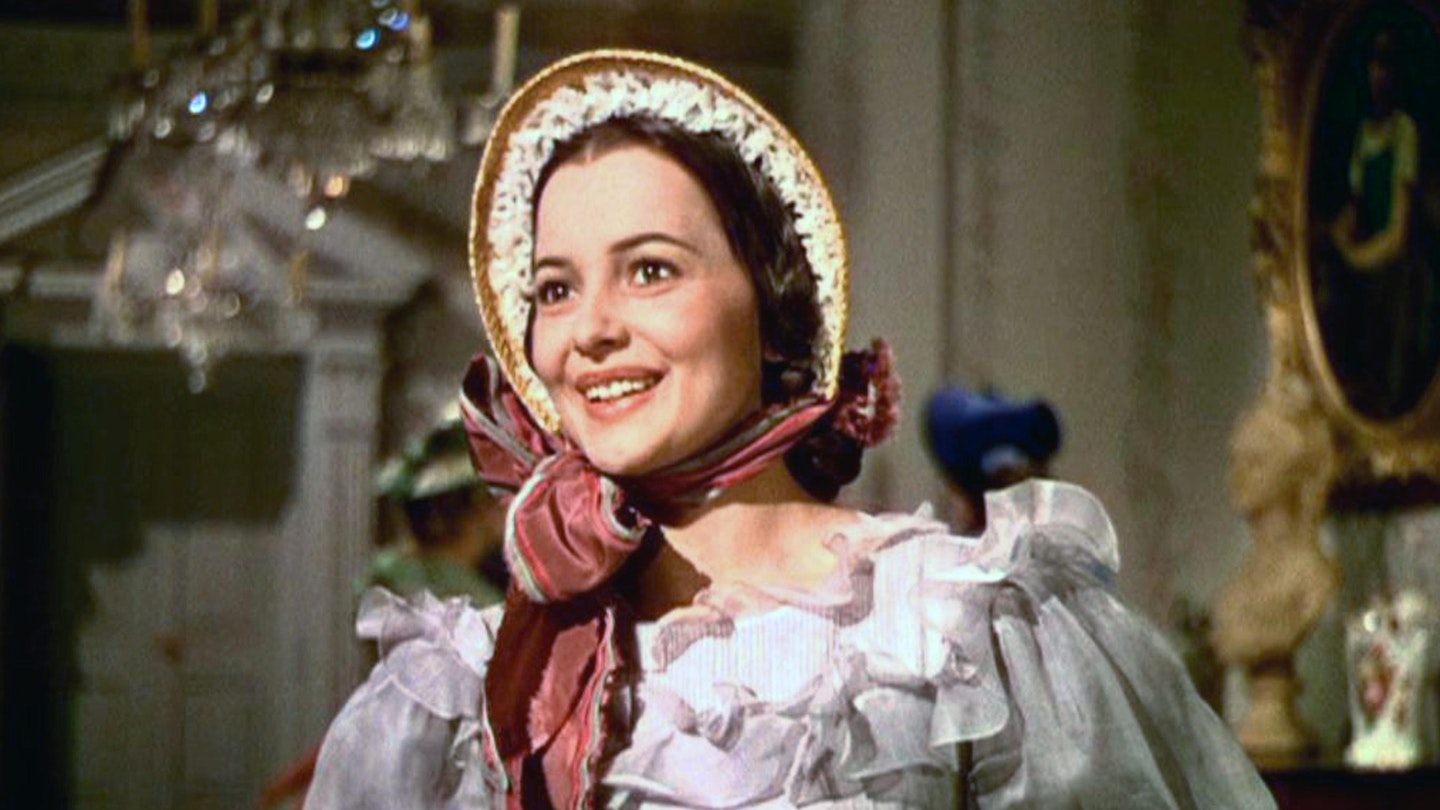Having starred in 49 feature films, she was one of the leading movie stars of her day, making her name as Melanie Hamilton in the beloved film Gone With The Wind, released in the UK in 1940.
Born in 1916 in Tokyo, Japan, where her father worked as an English university professor, acting genes were in her blood from her mother Lillian Fontaine who had been a professional actress – not that she ever told Olivia that for fear of her following in her footsteps. Nevertheless, when Olivia later discovered her mum’s stage makeup box and started scrawling rouge and lipstick on her face, something sparked in the young girl’s imagination – despite a terrible telling off from mum – and that was set. From then on, she was going to be an actress.
Read more: Millicent Martin - 'I shan't ever retire'
The family moved to California in the early Thirties, at which point her father reportedly left and returned to his Japanese housekeeper, who later became his second wife. In Saratoga, California, Olivia got her first opportunity to tread the boards in 1933 in an amateur production of Alice in Wonderland. More amateur plays followed and then, at last, she got her big break as the understudy for Hermia in A Midsummer Night’s Dream at the Hollywood Bowl in 1934, which was later made into a film with Dick Powell, James Cagney and Mickey Rooney.
Belle of the silver screen

By the age of 22, Olivia’s star was bright. She was the belle of the silver screen and one half of the most exciting duo in showbusiness alongside Errol Flynn, with whom she starred in many films from The Adventures of Robin Hood to The Charge of the Light Brigade. They regularly played lovers onscreen and both later confessed that they fell madly in love with one another, but they never acted on that passion once the cameras stopped rolling.
The Flynn-Havilland films made her a household name. But the role that would take her fame to truly stratospheric heights was Melanie Hamilton in the epic film Gone With the Wind alongside Vivien Leigh and Clark Gable. Filming such an iconic movie could apparently be testing work and, charmingly, Olivia would apparently play battleships with Vivien and Clark to pass the time while the endless camera setups required by the new Technicolour process took place.
Melanie may have been her most famous work but Olivia earned her Academy Awards for two later films, To Each His Own (1946) and The Heiress (1949). She was also behind a landmark legal battle with Warner Brothers – which she won – forcing them to release her from her seven-year contract and make changes to the movie business that exists today.
Sisters, sisters

Olivia also made Oscars history with her younger sister Joan Fontaine as the only sisters to have won Academy Awards in a lead acting category. Following such similar careers, however, didn’t make for much sisterly harmony between Olivia and Joan. In fact, according to biographers, their relationship had been patchy from the start as Joan felt Olivia was favoured by their mother, while Olivia resented the fact Joan’s childhood illnesses made her mother extra-protective of her little sister. It didn’t help when they followed into the same profession, seemingly playing tit for tat on their acting achievements throughout their career.
Unfortunately, the height of their careers coincided with the heyday of gossip rags and the press seized on their troublesome sisterhood to make it into a feud. Endless column inches were filled with catty comments one had reportedly made about the other.
Oscar wins, men and even the treatment their mother received for cancer were the subject of the biggest riffs that tore them apart until Joan’s death in 2013. How much was fabricated for the media and how much was real, no one can ever be sure but perhaps Olivia put it best herself when she once told a reporter: “My sister was born a lion, and I was born a tiger, and in the laws of the jungle, they were never friends.”
A long life well lived
In the way of men, after her silent adoration of Errol Flynn (who died of a heart attack aged 50 in 1959), Olivia had romances with James Stewart, who helped teach her how to fly a plane, director John Huston and Howard Hughes. But it was a man with no connection to the world of showbusiness that would eventually become her husband.
On August 26, 1946 she married Navy veteran and author Marcus Goodrich with whom she had a little boy, Benjamin, who died tragically early of Hodgkin’s lymphoma at the age of just 41. Olivia and Marcus separated in 1952 and three years later she married writer Pierre Galante and went to France to live with him. While the marriage didn’t last – although she cared for him in his dying days from cancer – she would remain ever more in a lovely three-story house in the River Droite section of Paris.
It was from here in her twilight years that she continued to be involved in the movie business, making film and TV cameos well into in her Seventies and remaining an active part of the film community beyond that. In 2008, she was given the National Medal of Arts, the highest honour conferred to an individual artist on behalf of the US and in 2017, two weeks before her 101st birthday, she was appointed Dame Commander of the order of the British Empire by our Queen. She was the oldest woman ever to receive the honour.
She also showed a passion for her church the American Cathedral in her years in Paris, giving readings of the Scriptures on Christmas and Easter as well as auctioning her huge teddy bear collection to help restore the church’s grand façade.
Asked recently for the secret for her long life she said “the three L’s- love, laughter and light.”. But really that’s the lovely legacy that she has given us with her incredible collection of films that still move us to laughter and tears today and hopefully for many years to come even after her sad passing. Goodbye Olivia, you were a true Hollywood star.
More from Yours.co.uk
Janet Leigh: Psycho, her turbulent marriage to Tony Curtis and more
